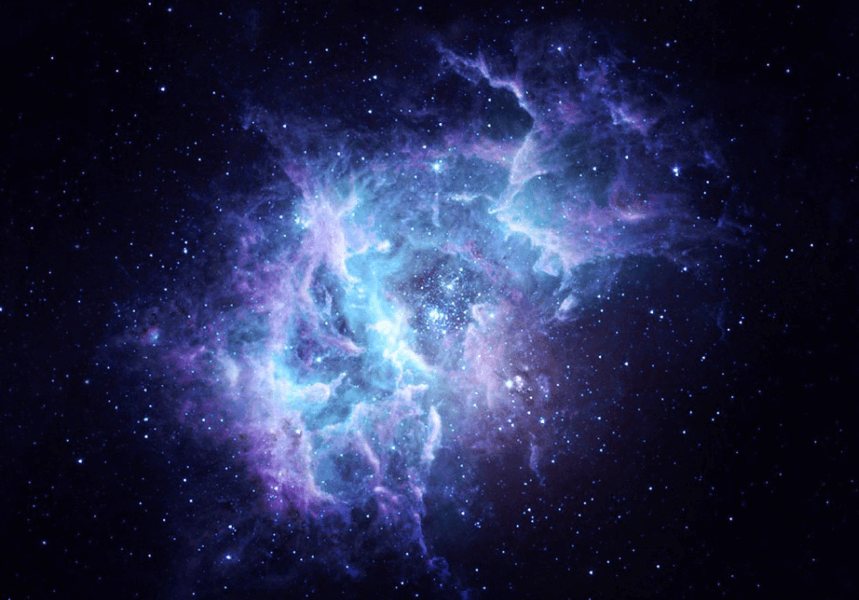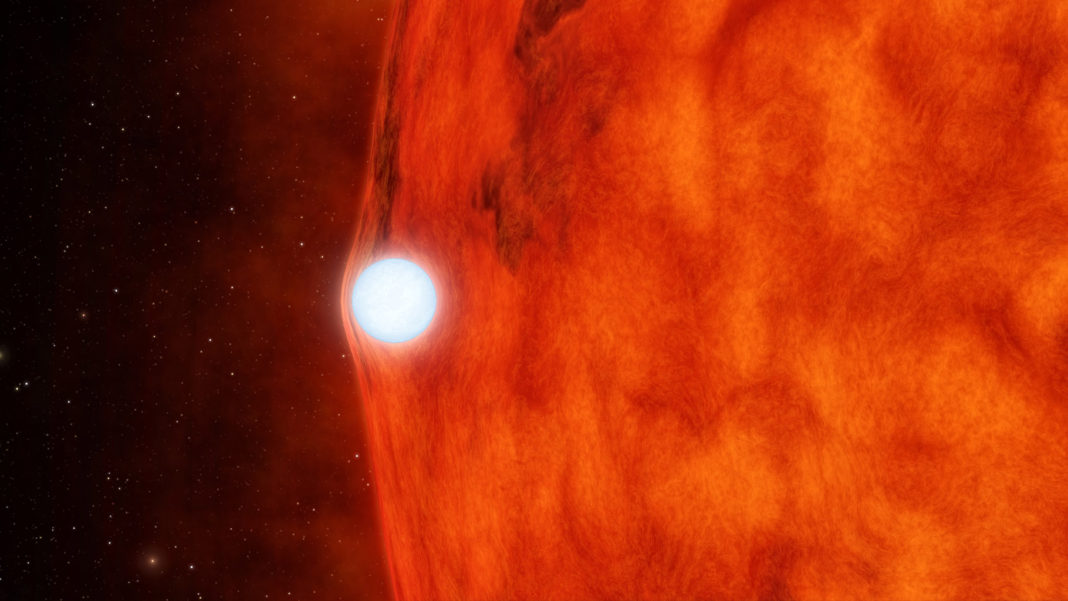Everything that you see today, including ourselves, is made up of star dust from the result of that cosmic evolution over 13 billion years ago. For scientists to gain a deeper understanding of the actual formation of our own planet they take a look into other galaxies in the Universe that are far, far away.
Just recently a team of researchers connected with the Atacama Large Millimeter/submillimeter Array (ALMA) published a paper that describes how they’ve detected glowing stardust in an ancient galaxy called A2744_YD4, giving them a view as to what the universe was like when it was only 600 million years old. This particular galaxy is not only the most remote one that’s ever been detected by ALMA, but it’s also the furthest away detection of dust and oxygen we’ve ever seen.

Scientists estimate that the A2744_YD4 galaxy contains enough dust to be equivalent to six million times the mass of our sun, and this proves that stars were forming in the universe about 200 million years before the epoch at which the galaxy is being seen. The European Southern Observatory is where ALMA operates, and they commented, “The chemical elements in these [cosmic dust] grains are forged inside stars and are scattered across the cosmos when the stars die, most spectacularly in supernova explosions, the final fate of short-lived, massive stars. Today, this dust is plentiful and is a key building block in the formation of stars, planets, and complex molecules; but in the early Universe – before the first generations of stars died out – it was scarce.”
As well as detecting cosmic dust, the ALMA telescopes also picked up on the presence of ionized oxygen in the galaxy and gave scientists clues as to how and when the first galaxies formed. While we know the universe came to life around 13.8 billion years ago following the Big Bang, there is still so much to uncover. Moving forward, scientists will be looking at studying the heavier elements from when stars were first formed to try and uncover the secrets surrounding the cosmic reionization.
More News To Read
- Terminal Cancer Patients Lives to See Another Day With Thanks to Revolutionary Gene Therapy
- 8 Industries That Will Be Most Affected By Machine Learning
- The AstroRad Radiation Shield: The New Protective Vest for Deep Space Travel
- NASA Released a Huge Amount of Software Everybody Can Use For Free
- Is Vitrification Key to Cutting Down Organ Transplant Lists?











